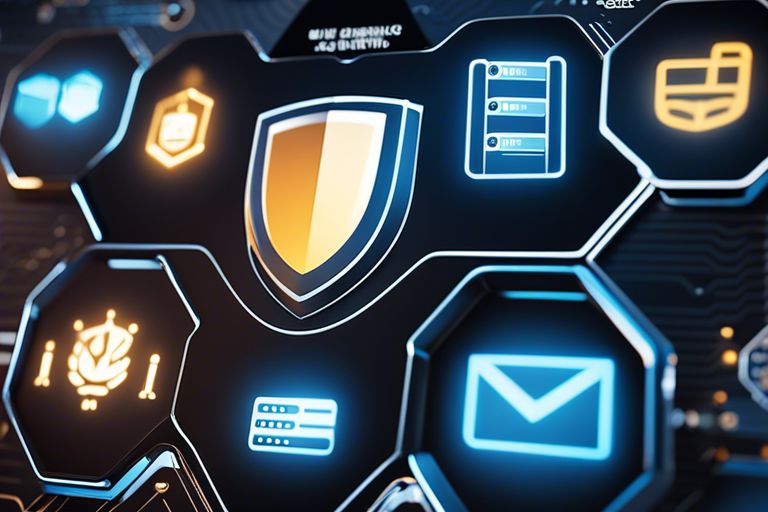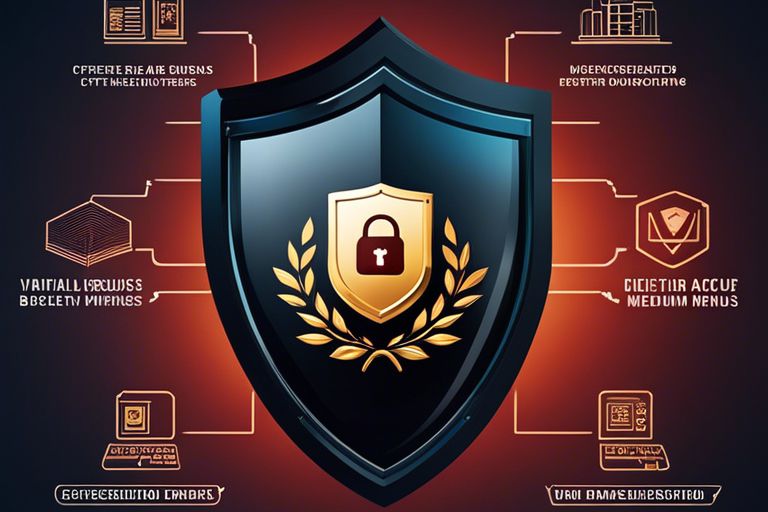Are You Utilizing Cutting-Edge IT Security Strategies For Maximum Protection?
Over recent years, the cyber threat landscape has evolved rapidly, making it crucial for organizations to utilize...

Many small and medium-sized businesses (SMBs) face numerous security threats in today’s digital landscape. To safeguard their sensitive data, financial information, and operations, effective SMB protection plans are vital. These plans must encompass a combination of proactive measures and reactive strategies to minimize risks and mitigate potential damage. From robust cybersecurity tools and employee training to disaster recovery protocols and encryption technologies, a comprehensive approach is necessary to ensure adequate protection against cyber attacks, data breaches, and other threats that could jeopardize the stability and reputation of SMBs.

Some 15 Things Your SMB Cybersecurity Risk Assessment should cover to ensure comprehensive protection for your business.
One crucial aspect of SMB protection plans is implementing robust cybersecurity measures. This includes firewalls, antivirus software, and regular security updates to protect against cyber threats such as malware, ransomware, and phishing attacks. Conducting regular security audits and providing employee training on cybersecurity best practices are also crucial elements in safeguarding your SMB against online risks.
On top of cybersecurity measures, physical security systems play a vital role in protecting SMBs from unauthorized access and theft. Physical security measures like surveillance cameras, access control systems, and intrusion detection systems can help deter intruders and secure sensitive areas within your business premises. It is important to regularly assess and update these systems to ensure they are effectively protecting your physical assets.
Plans to integrate both cybersecurity and physical security systems are crucial to creating a comprehensive protection plan for your SMB. By combining these layers of security, you can mitigate the risks associated with both online and physical threats, thereby safeguarding your business from potential harm.
While running a small or medium-sized business, it is crucial to assess and manage risks effectively. Risk identification involves evaluating all potential hazards and vulnerabilities that could impact the business operations. This includes cybersecurity threats, natural disasters, financial risks, and any other potential dangers that could threaten the business.
Developing a response strategy is a critical aspect of risk management for SMBs. Developing a robust response plan involves outlining specific steps to be taken in the event of a risk materializing. This may include setting up contingency plans, establishing communication protocols, and defining roles and responsibilities within the organization to ensure a swift and effective response.
Identifying and prioritizing potential risks is imperative for developing a response strategy. By understanding the most significant threats facing the business, SMBs can allocate resources effectively and focus on mitigating the risks that pose the greatest impact. Implementing a proactive response strategy can help minimize the potential damage and ensure business continuity in the face of unforeseen events.

Now, when it comes to disaster recovery solutions, it is crucial for small to medium-sized businesses to have a plan in place to quickly restore operations in the event of a major disruption. Any effective disaster recovery solution should include regular data backups, both onsite and offsite, as well as a clear protocol for restoring data and systems in a timely manner.
Business continuity best practices are crucial for SMBs to ensure they can weather any storm and continue operations with minimal downtime. Business continuity planning involves assessing potential risks, creating a comprehensive continuity plan, and regularly testing and updating the plan as needed. A proactive approach to business continuity can significantly reduce the impact of disruptions and protect the business’s reputation and bottom line.
Once again, training and education play a crucial role in the effectiveness of SMB protection plans. Ensuring that employees are well-informed and up to date on cybersecurity best practices is crucial in safeguarding your business from potential threats.
Programs focused on employee awareness are vital in educating staff about the various types of cyber threats, such as phishing schemes, malware, and social engineering tactics. By creating a security-conscious culture within your organization, you can significantly reduce the risk of human error leading to a security breach.
Programs that provide regular security training sessions are highly beneficial in keeping employees informed about the latest cybersecurity trends and techniques. It is important to conduct these sessions on a frequent basis to ensure that employees are equipped with the knowledge and skills necessary to identify and respond to security threats effectively.
Upon reflecting on the key ingredients of effective SMB protection plans, it becomes evident that a comprehensive strategy must encompass key components such as employee training, regular security assessments, robust cybersecurity tools, and incident response protocols. By addressing these critical areas, businesses can proactively safeguard their assets and data from cyber threats. To learn more about building a robust security plan for your SMB, check out this insightful article on the Four Key Components of a Robust Security Plan Every SMB Must Know.
A: Effective SMB protection plans should include a comprehensive cybersecurity strategy, employee training on security best practices, regular software updates and patches, data encryption, strong password policies, and proactive monitoring for threats.
A: Employee training is crucial in SMB protection plans as human error is a common cause of security breaches. Training employees on how to recognize phishing attempts, avoid clicking on suspicious links, and following proper security protocols can significantly enhance the overall security posture of a business.
A: Proactive monitoring is necessary for SMB protection plans because it allows businesses to detect and respond to security incidents in real-time. By monitoring network traffic, system logs, and user activities, SMBs can identify and mitigate potential threats before they escalate into major security breaches.
Over recent years, the cyber threat landscape has evolved rapidly, making it crucial for organizations to utilize...
Most businesses today face advanced and sophisticated cyber threats that can potentially jeopardize their data...